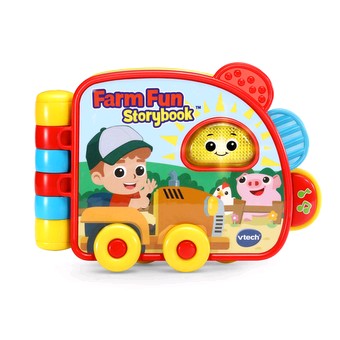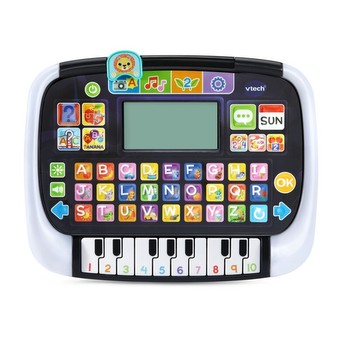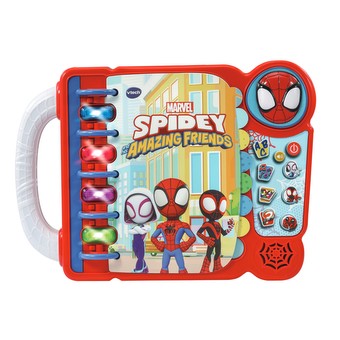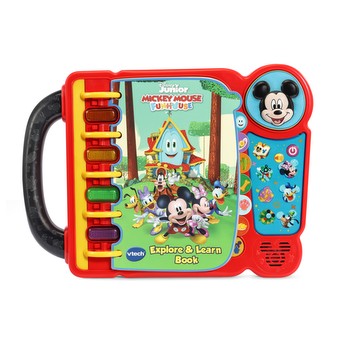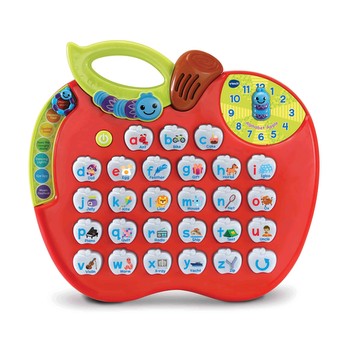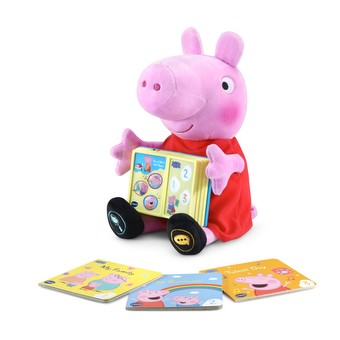Improve speed, fluency and expression when reading.
Young children often start to read before they are at school. Once children understand the connection between the marks on a printed/electronic page and spoken language they are able to move to another level of communication. They can then translate the units of print ‘graphemes’ to units of sound ‘phonemes’. The ability to detect and use phonemes in words is crucial for children in learning to make sense of words on page. Interactive reading, where the adult discusses the content of a storybook with a child helps with overall language and literacy development. Pointing out letter–sound connections, playing rhyming games, and reading rhyming poems and stories all help in early childhood literacy. ‘Playful’ reading helps children to isolate the sounds in words. Toys and games that use words and sounds can reinforce children’s letter- sound knowledge, awareness of the sounds of different letters, and reading comprehension. There is a difference between the development of reading and decoding skills and the development of comprehension skills.
Children’s understanding of what they are reading is a crucial aspect of language development. Reciprocal activities where adults take turns with children in reading text help children’s decoding and comprehension skills to develop. Computer based reading activities are most effective when they are supported with the appropriate level of help from adults.










































